The above content was mentioned by Vice Chairman of Hanoi People's Committee Duong Duc Tuan in the group discussion session at the Hanoi People's Council meeting on the afternoon of December 5. Here, the issue of general planning of the capital and development of infrastructure and urban traffic was of interest to the delegates.
Contributing many opinions on this content, Mr. Tuan emphasized the need to study the urban development program in a synchronous manner. This will allow us to see the scale and resources, along with establishing a development mechanism, overcoming the limitations and weaknesses of the previous period.
"In the past, after the merger of administrative boundaries, we often heard feedback that after more than 10 years, Hanoi had no opportunity to develop satellite cities. The People's Council and the People's Committee of the city need to study together the resources for developing this urban area after the two capital planning plans were approved," said Mr. Tuan.
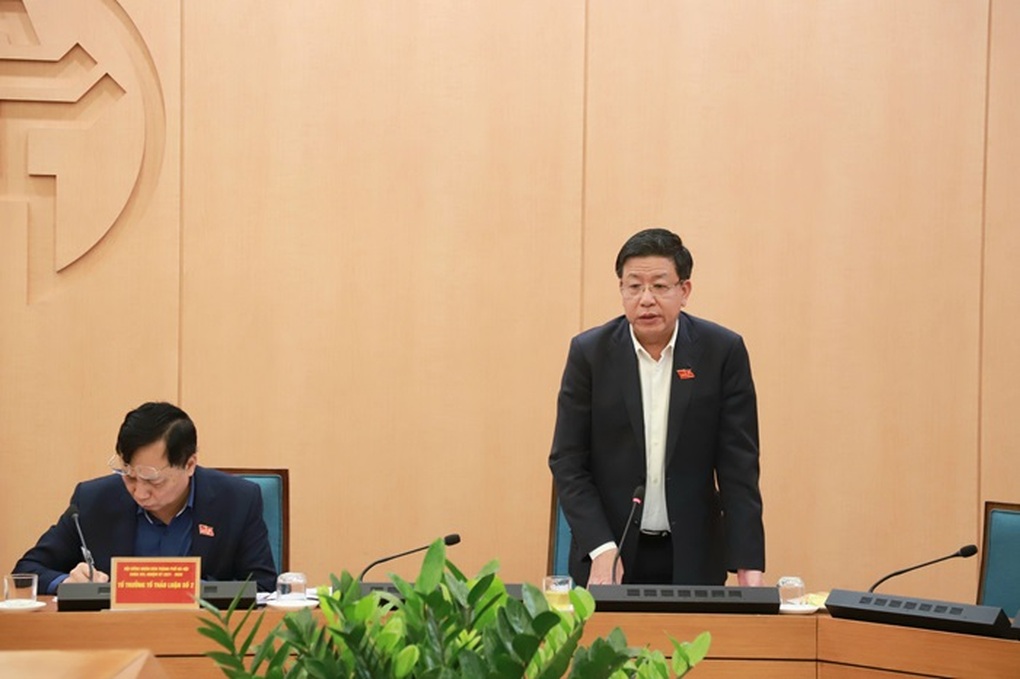
Vice Chairman of Hanoi People's Committee Duong Duc Tuan discussed many issues on urban traffic in the discussion session on the afternoon of December 5 (Photo: Pham Linh).
Recognizing that the capital's capacity to develop technical infrastructure and traffic is at a low level, the Vice Chairman of the City People's Committee said that this demonstrates the ability to regulate planning programs as well as resources and mechanisms.
Mr. Tuan cited that Hanoi currently has about 8.5 million people, of which over 1.5 million people move freely, the total number of people active in the capital is 10 million. Of which, the number of vehicles in the capital is 1.5 million cars; 6.5 million motorbikes and about 2 million electric bicycles, a total of about 10 million vehicles.
Currently, the growth rate of vehicles in Hanoi is about 4-5%/year, with cars increasing by 10%. Meanwhile, the ability to meet the land area occupied for traffic according to the required planning is 25-26%, but currently only reaches nearly 13%.
"The number of vehicles is increasing, but the public investment capacity for infrastructure systems of both the central and local governments is only about 0.5%, not enough to meet the demand. Therefore, traffic jams and lack of parking spaces, especially in the historical inner city and the inner city center, have become serious. This also affects socio -economic development," Mr. Tuan emphasized.
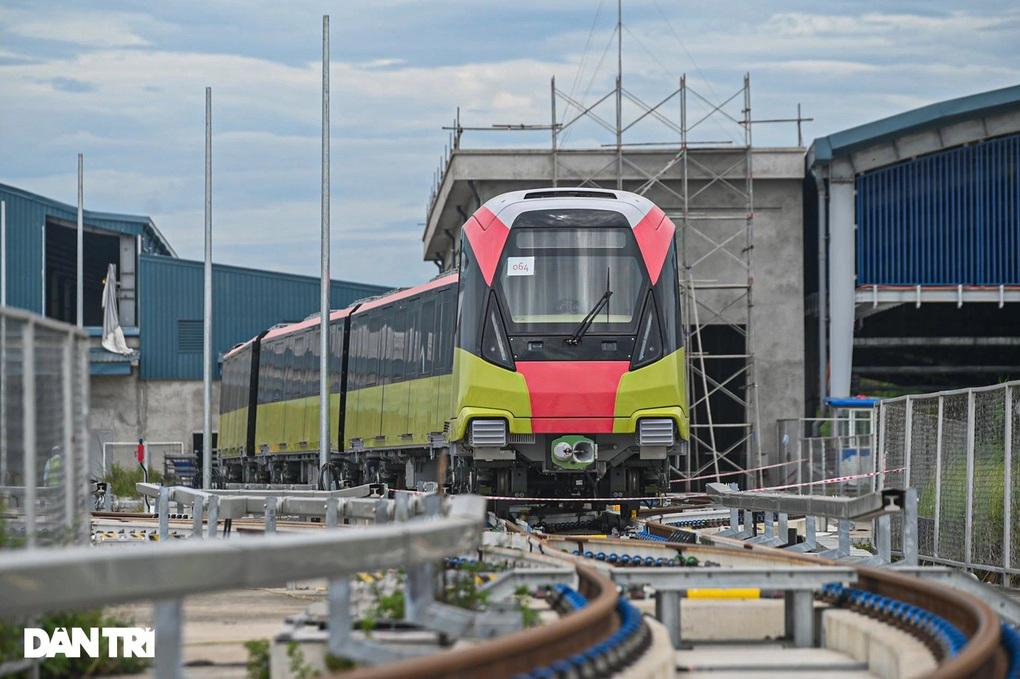
Hanoi currently operates only one urban railway line, Cat Linh - Ha Dong, while the Nhon - Hanoi Railway Station line is expected to operate an elevated section by mid-2024 (Photo: Manh Quan).
From there, he said that both the People's Council and the People's Committee, in addition to studying actual resources, need to focus on considering the possibility of public investment and establishing new investment mechanisms.
According to Mr. Tuan, Ring Road 4 - Capital Region is a model in coordinating the central and local budgets, coordinating between the capital and provinces and cities in the region. This content has been issued by the National Assembly with special and specific resolutions, which are also models for the city to operate the mechanisms.
Hanoi needs 40 billion USD to build urban railway
Referring to the traffic issue, the city leader affirmed that urban railway is the backbone of public passenger transport and is a model of high-speed, mass transport.
Recently, Hanoi successfully completed the Cat Linh - Ha Dong route, which is only about 13km long but has efficient transportation. Meanwhile, according to the planning, Hanoi has 418km of urban railway with 10 routes.
In the near future, the adjustment of the general planning and the capital planning will increase the expected number of routes to 14 with a total length of 500km, connecting all provinces in the Capital Region and 5 development axes.
Mr. Tuan said that including the Cat Linh - Ha Dong line currently in operation and the Nhon - Hanoi Railway Station line phase 1, an 8.5km elevated section expected to be operational in mid-2024, public passenger transport only meets about 6% of demand.
"But if we look back at the entire investment process of these two routes, it would take about 10-15 years. Assuming there are 10 routes and we follow the route-by-route method, it would take us about 100 years to have a few of these routes, which is too inconvenient," the leader of the Hanoi People's Committee worried.
Citing Conclusion No. 49 of the Politburo setting the task of Hanoi's urban railway reaching 50% of the volume by 2035 and 100% by 2045, Mr. Tuan said the implementation time is only more than 10 years and nearly 25 years, equivalent to the time to form some recent routes.
From the above factors, Mr. Tuan believes that the City People's Council needs to establish a comprehensive project to invest in the construction of a railway system simultaneously. The expected scale is about 40 billion USD, or nearly 1 million billion VND, similar to Ho Chi Minh City.
Therefore, Mr. Tuan proposed that in the coming time, the city needs to establish a master plan for investment in the construction of the urban railway system, using resources and finding mechanisms in both the Capital Law and the central and local public investment laws.
Emphasizing that Hanoi has a plan to develop underground space but has limitations in the implementation mechanism, Mr. Duong Duc Tuan affirmed that only when dynamic and static traffic are synchronized similar to urban models in the region such as Singapore, Thailand, Indonesia, Malaysia or China, can Hanoi perfect this space.
Source


![[Photo] Party and State leaders visit President Ho Chi Minh's Mausoleum](https://vphoto.vietnam.vn/thumb/1200x675/vietnam/resource/IMAGE/2025/5/19/d7e02f242af84752902b22a7208674ac)



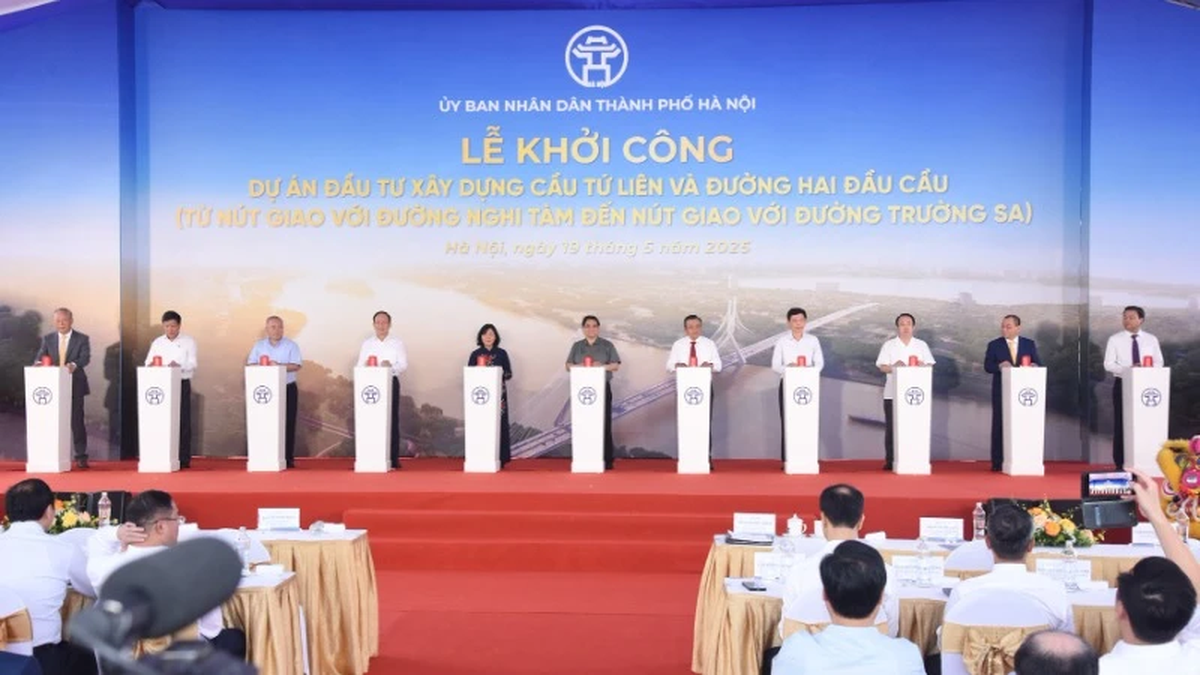
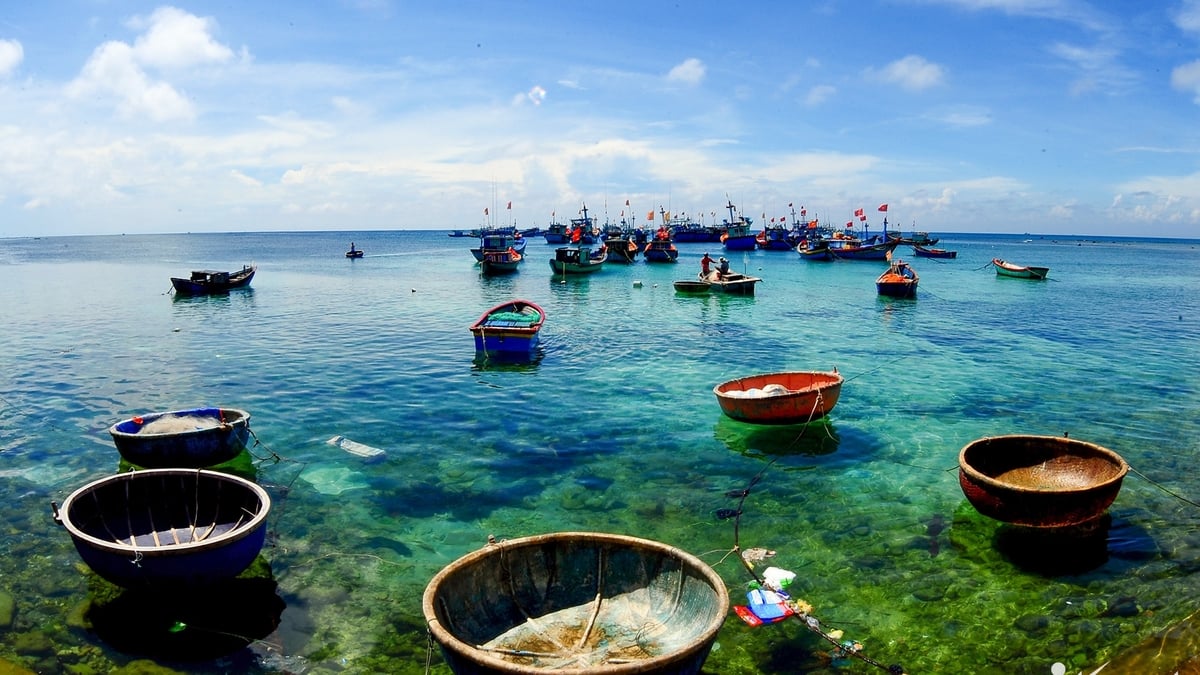
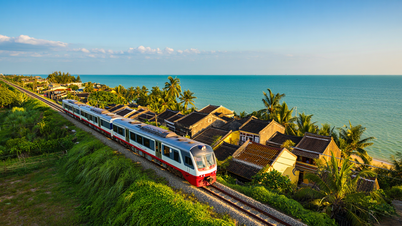



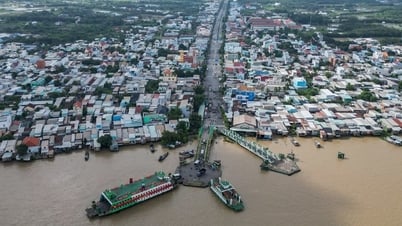






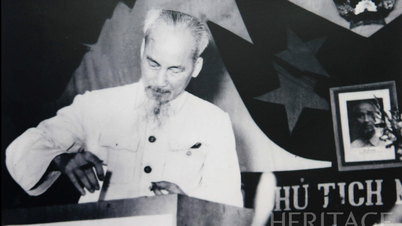

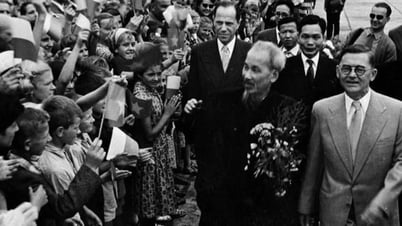

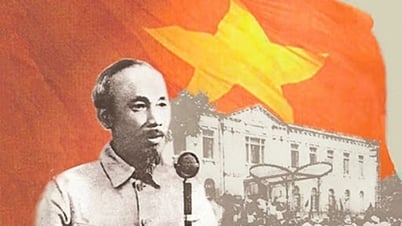
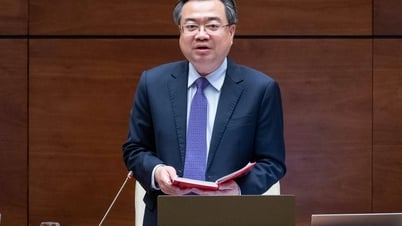
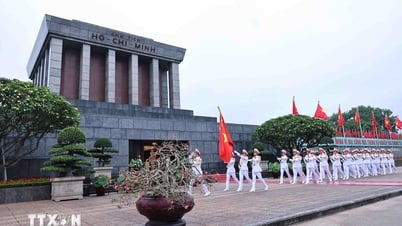






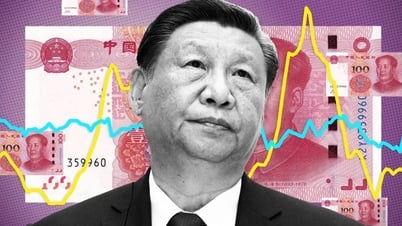

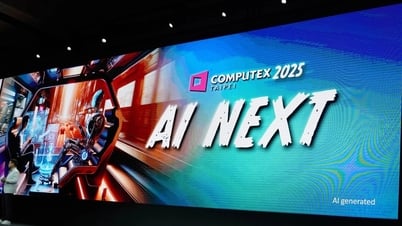






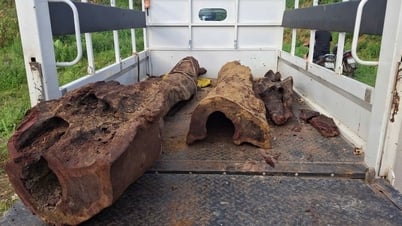

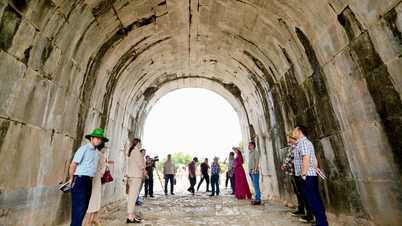

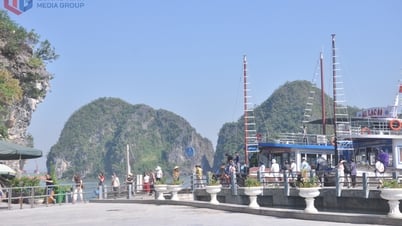











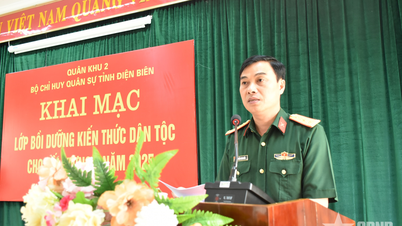







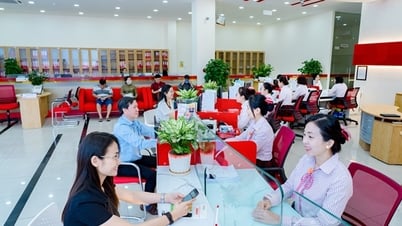





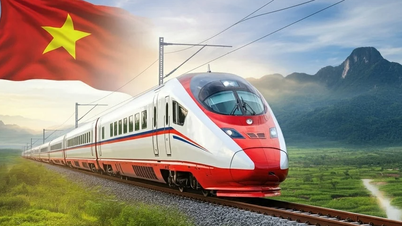
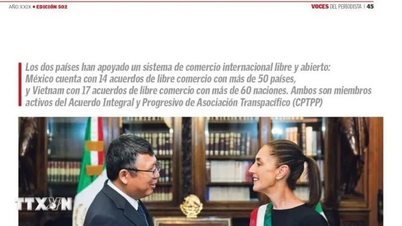
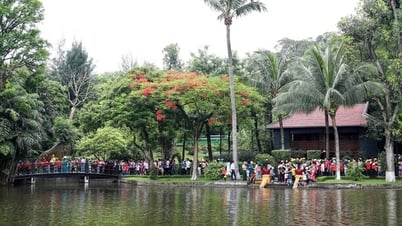

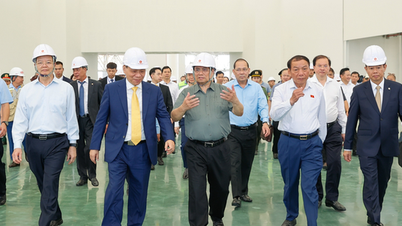
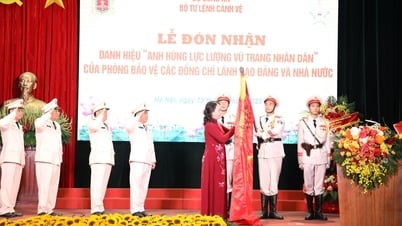



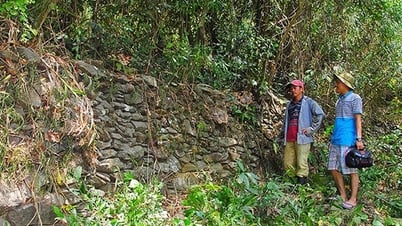



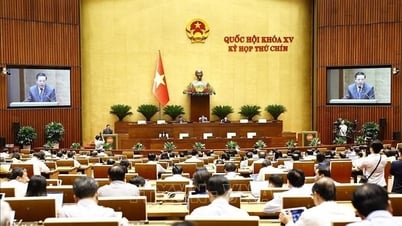

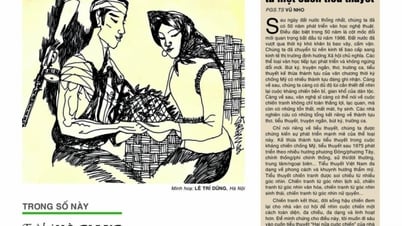
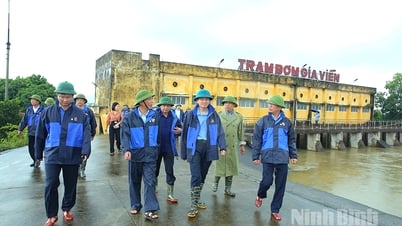




![[VIDEO] - Enhancing the value of Quang Nam OCOP products through trade connections](https://vphoto.vietnam.vn/thumb/402x226/vietnam/resource/IMAGE/2025/5/17/5be5b5fff1f14914986fad159097a677)







Comment (0)